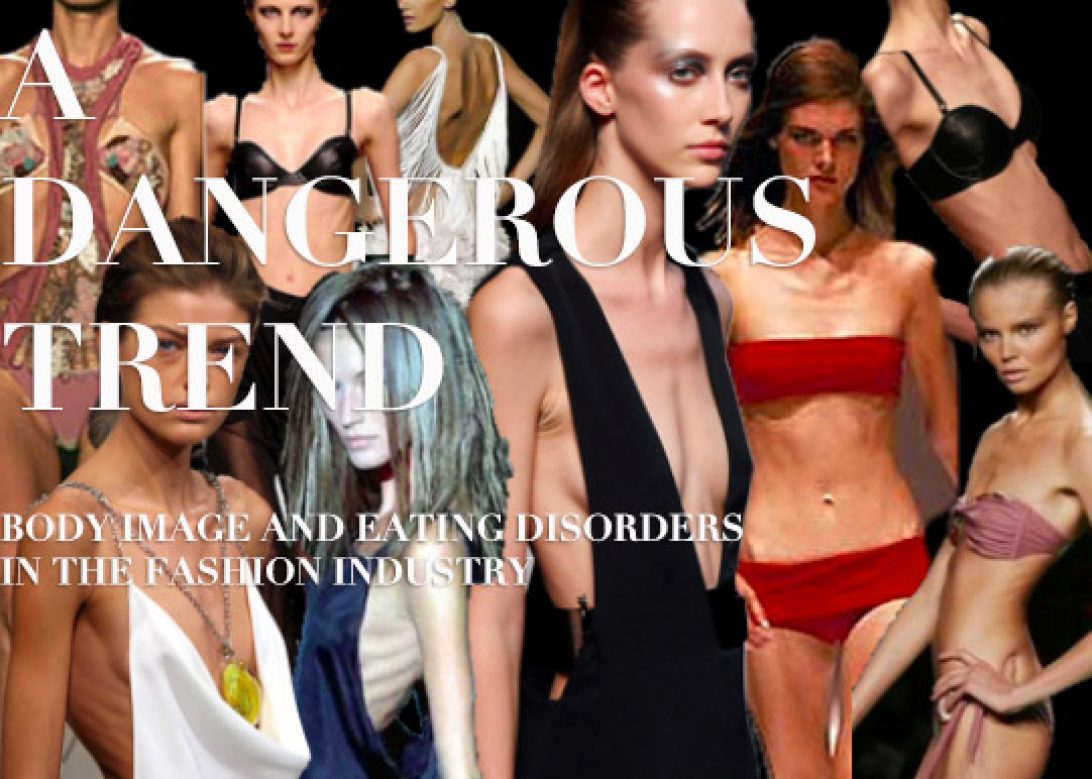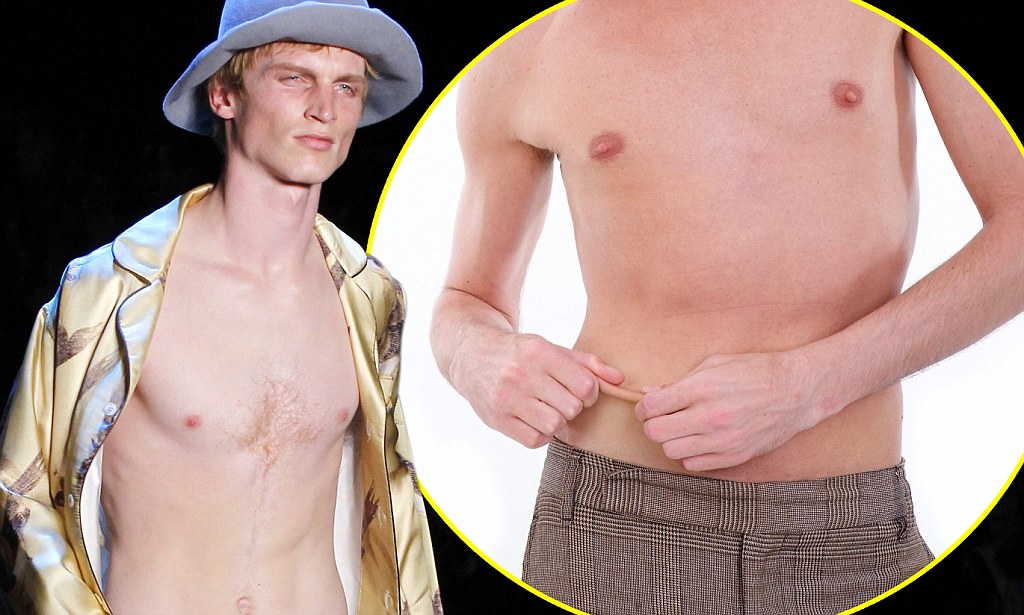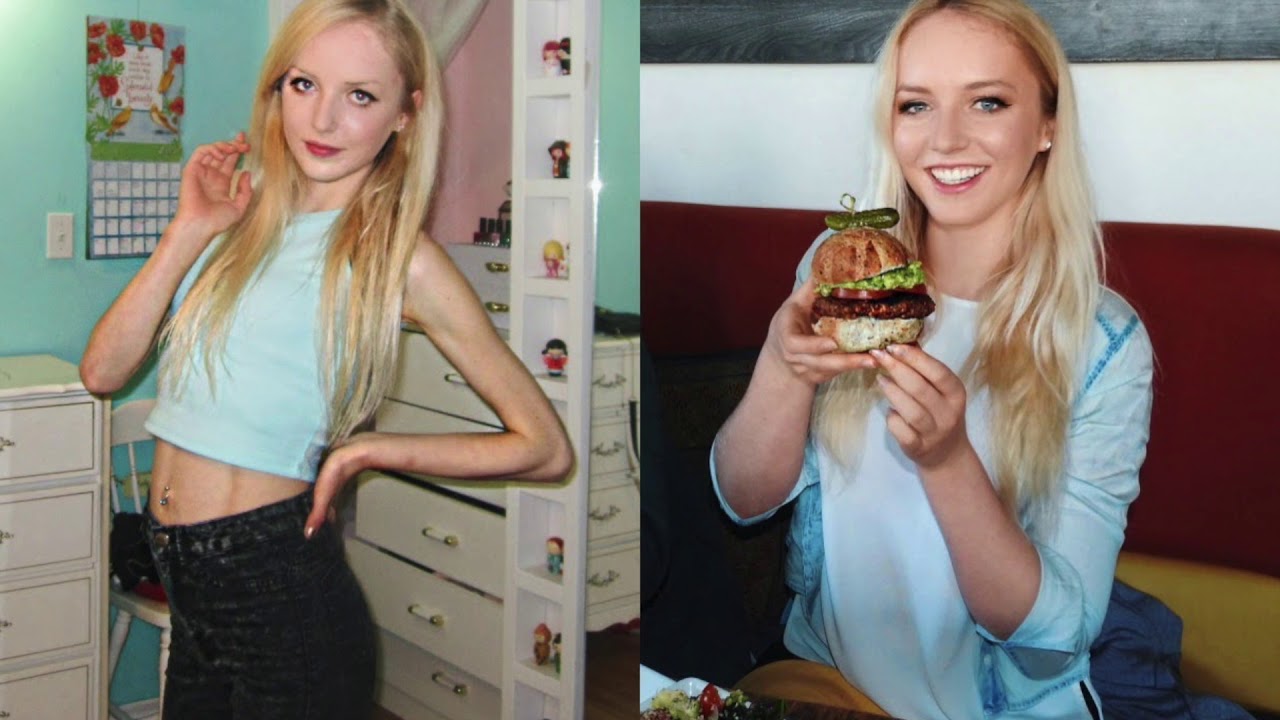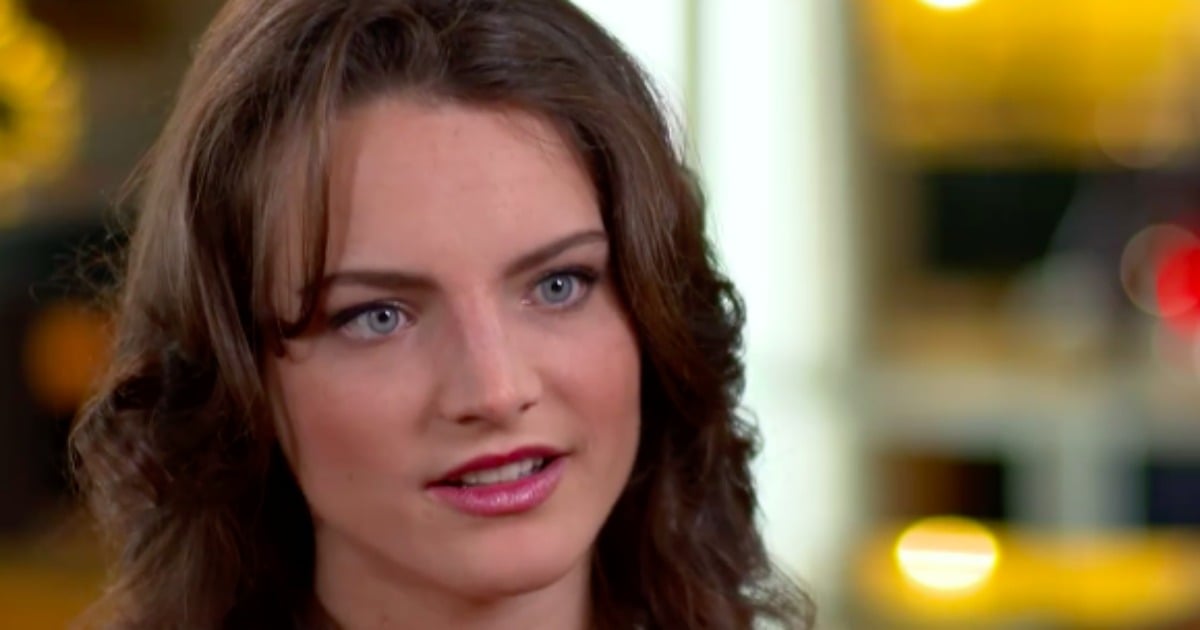The fashion industry has long been criticized for promoting an unrealistic and unhealthy body image, with models often being expected to maintain an abnormally skinny frame. But what’s the truth behind the industry’s obsession with thinness? Are all models starving themselves or suffering from eating disorders? And can you still make it as a model if you don’t fit the traditional size 0 mold? In this blog post, we’ll explore these questions and more, shedding light on the realities of modeling and body image in the fashion world.

Eating Disorder Prevalence Among Models
The modeling industry has long been associated with the idea of thinness, and the prevalence of disordered eating among models is a well-known issue. According to research, approximately 40% of models engage in disordered eating behaviors such as restrictive dieting, binge eating, or purging [1]. However, some experts believe that this number may be even higher due to the secretive nature of these behaviors within the industry.
Furthermore, The Model Alliance conducted a survey where 62% of models reported being asked to lose weight or change their body shape or size by their agency or someone in the industry [2]. This pressure to conform to a certain body type can contribute to the development of disordered eating habits and can also exacerbate any pre-existing mental health issues.
It’s important to note that not all models have an eating disorder and that the industry is slowly shifting towards more diversity and inclusivity. However, it’s clear that there is still a long way to go in terms of promoting healthy body image and preventing the harmful effects of disordered eating among models.
>> Must read How did Tyra Banks gain all that weight?
The Dominance of Skinny Models: An Examination into the Fashion Industry’s Beauty Standards.
When we think of models, the first thing that comes to our mind is a tall, skinny figure walking down the runway. But have you ever wondered why every model is skinny? Designers want their creations to look stunning on the runway, and the best way to achieve this is by having the clothes drape and flow smoothly. This can only happen when they are placed on a tall and skinny frame.
In fact, most mannequins used in the fashion industry come in small sizes. This is because it is easier to alter clothes to fit a smaller size rather than a larger one. This creates a perception that skinny is the ideal body type for a model. However, this does not mean that every model has to be skinny to be successful. The industry is slowly changing to become more inclusive and accepting of diverse body types.
Trending now – Who is No 1 female model in the world?
Breaking the Stereotype: Modeling is for Everyone, Not Just Skinny Individuals
Many people believe that being a model requires a certain body type, and that only those who are tall and skinny with an ideal posture can make it in the industry. However, this is not always the case. While the fashion industry has traditionally favored thin models, there is an increasing demand for diversity in body types, shapes, and sizes. Therefore, if you want to pursue a career in modeling, you don’t have to be skinny.
It’s important to note that there are different types of modeling that cater to different body types. For instance, if you are not skinny, you can consider pursuing plus-size modeling, which is becoming more prevalent in the industry. Plus-size models are typically between sizes 10 and 18 and have curvier bodies. There is also demand for models who have unique features, such as freckles, scars, or unique body shapes.
Remember that modeling is not just about your physical appearance. It’s also about your personality, attitude, and ability to showcase a product or clothing item in the best possible way. If you have confidence, charisma, and a unique look, you can still make it in the industry. Additionally, brands and clients are increasingly looking for models who are relatable and represent a broad range of body types and sizes.
In conclusion, getting into modeling doesn’t just mean being tall and skinny. It means identifying and playing to your own strengths, looking for the type of work that’s right for you. So, if you’re not skinny, don’t let that stop you from pursuing your dream. There is a place for everyone in the modeling industry, and it’s up to you to find yours.

Tragic Losses: Exploring the Fatal Consequences of Size 0 Modeling Industry Standards
The fashion industry has been under scrutiny for promoting an unrealistic body image and causing harm to models’ health. The term ‘size zero’ has become synonymous with the industry’s obsession with extreme thinness. The tragic deaths of three models further fueled concerns about the industry’s practices. Luisel and Eliana Ramos, sisters from Uruguay, both passed away within six months of each other, aged just 22 and 18, respectively. Brazilian model Ana Carolina Reston also died at a young age of 21. The media began to use the term ‘size zero’ frequently in their headlines, drawing attention to the impact of the fashion industry’s narrow beauty standards. These devastating losses have sparked a global conversation about the need for more responsible and inclusive practices in the fashion industry.
Breaking the Stereotype: Do Models Really Have to Starve Themselves?

It is a common misconception that all models are starving themselves to maintain their thin figures. In reality, no one is forcing them to do so. Rather, it is their own agency or the designer they want to work with who sets the strict and often unrealistic standards for their physique. As a result, some models may resort to extreme measures to meet these expectations, such as drastically reducing their food intake.
It’s important to note that not all models engage in unhealthy eating habits, and there are those who prioritize their health and well-being over fitting into a certain size. However, for those who are struggling with disordered eating, it is crucial to address the underlying issues and seek professional help.
Despite the efforts of the fashion industry to promote body positivity and inclusivity, the pressure on models to maintain a certain weight and body shape persists. It is up to the industry and society as a whole to shift towards a more accepting and diverse standard of beauty, where models of all sizes and shapes can thrive and be celebrated.
Exploring the Prevalence of Eating Disorders Among Models.
The fashion industry is notorious for promoting unrealistic beauty standards, and models often find themselves at the forefront of this pressure. The question of whether all models have an eating disorder is a complex one. While it’s not fair to assume that every model struggles with an eating disorder, research shows that a significant portion of models engage in disordered eating habits. In fact, a study found that approximately 40% of models have some form of disordered eating [1]. However, experts believe that this number is much higher, considering the pressure that models face to maintain a certain weight and body shape.
Moreover, a survey conducted by The Model Alliance found that 62% of models reported being asked to lose weight or change their body shape by their agency or someone else in the industry [2]. This kind of pressure can lead to the development of disordered eating habits, which can quickly spiral into an eating disorder.
It’s important to understand that not all models have an eating disorder, but the prevalence of disordered eating habits in the industry cannot be ignored. The fashion industry needs to take responsibility for perpetuating unrealistic beauty standards and promote a healthier and more diverse representation of models. This can help to reduce the prevalence of disordered eating habits and ultimately prevent the development of eating disorders among models.
The Root Cause of Unusually Thinner Models in the Fashion World.
It’s no secret that the fashion industry has long been associated with thinness. The idealized image of a model is one of a tall, lean figure with long legs and a small waist. But why are models so abnormally skinny? The answer lies in the desire of designers to showcase their creations in the best possible light. When clothes are displayed on a body with minimal curves and angles, it allows the fabric to drape and flow in a way that’s visually pleasing. This is why most mannequins in stores are designed to be small and slim. Models are essentially living mannequins, and so it’s no surprise that designers prefer to work with individuals who embody the idealized image of their creations. However, this trend towards ultra-thin models has been criticized for promoting an unrealistic and unhealthy body standard, and has resulted in calls for greater diversity and representation in the fashion industry.
The standard weight of a fashion model.
When we think of models, the image that comes to our mind is that of a tall, slender and attractive woman. However, the question that often arises is what is the average weight of a model? Well, according to research, the average weight of a model is 113 pounds, which is much lower than the average weight of a woman. This means that models weigh 23% less than the average woman, which is a significant difference.
It’s important to note that anything above this weight is considered overweight in the modelling industry. This is because the fashion industry has set unrealistic standards of beauty, where being thin is considered the only way to be beautiful. Unfortunately, this has led to many models developing eating disorders and struggling with their mental health.
It’s crucial to understand that while models may seem like the epitome of beauty and perfection, the truth is that many of them are underweight and may not represent a healthy body image. The glamour and glitz of the fashion industry often hide the dark reality behind it.
In conclusion, the average weight of a model is much lower than that of the average woman. However, it’s important to realize that this standard of beauty is not realistic or healthy. It’s time for the fashion industry to embrace diversity and promote a healthy body image, rather than perpetuating harmful stereotypes.
Breaking the Myth: Why Your Body Type Shouldn’t Stop You from Pursuing Modeling.
If you are wondering whether you can be a model if you are not skinny, the answer is yes! In fact, there is a growing demand for plus-size models in the fashion industry. Plus-size model agencies typically look for girls who are a little over normal weight, rather than those who are extremely overweight or obese. So, don’t worry if you don’t fit the traditional mold of a skinny model.
It’s important to note that the term “plus-size” can vary depending on the agency or brand. However, in general, a plus-size model is someone who is a size 12 or above. This means that you don’t have to be huge to fit into this category.
In recent years, many fashion brands and magazines have started to include more diversity in their campaigns by featuring models of different sizes, shapes, and colors. This is a positive step towards promoting body positivity and inclusivity in the fashion industry.
If you are interested in pursuing a career as a plus-size model, it’s essential to maintain a healthy lifestyle and take care of your body. This includes eating a balanced diet, exercising regularly, and getting enough rest. Remember, being a model requires hard work and dedication, regardless of your size.
In conclusion, being a model is not restricted to only those who fit into a certain size or shape. Plus-size models are becoming increasingly popular in the fashion industry, and there is a demand for models who are a little over normal weight. So, if you are a little chubby, don’t let that discourage you from pursuing your dream of becoming a model.
“Challenging Beauty Standards: Embracing Body Diversity in the Modeling Industry”.
In recent years, the modeling industry has been making strides towards inclusivity by breaking the stereotype that models have to be stick-thin. Plus-size modeling is becoming increasingly popular, and the industry is now welcoming models of different body shapes and sizes. However, becoming a plus-size model still requires hard work and dedication.
To begin a successful plus-size modeling career, you need to build your portfolio and showcase your talent. This means investing in professional photo shoots and creating a portfolio that highlights your unique features and abilities. Additionally, it’s important to develop your modeling skills by practicing poses, facial expressions, and runway walks.
Once you have a portfolio and modeling skills, the next step is finding an agency that will represent you. Look for agencies that specialize in plus-size models and have a track record of success in the industry. Be prepared to attend casting calls and go-sees, as well as to network and make connections in the industry.
Keep in mind that the competition for plus-size modeling jobs is fierce, so it’s important to be persistent and stay motivated. With hard work and determination, you can achieve your dream of becoming a plus-size model and help break down the outdated beauty standards in the modeling world.
: While not all models are necessarily starving or have an eating disorder, the fashion industry’s unrealistic beauty standards can lead to dangerous health behaviors. It is important for the industry to promote healthy body image and diversity in all shapes and sizes. Aspiring models should not feel limited by their body type and should focus on their talent, hard work, and dedication to achieving their dreams.



